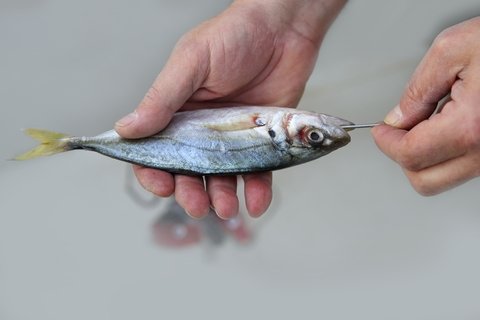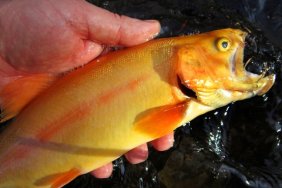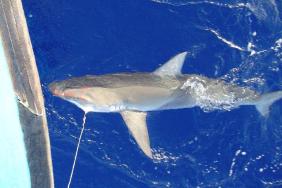Nearly every angler has fished with live bait at some point, but how many anglers know the right way to put live bait on the hook?
Properly hooking live bait plays an important role in keeping the bait on your hook and ensuring the bait stays alive. Let’s take a look at the best ways to hook some of the most common forms of live bait.
Minnows
There is no question minnows are among the most popular forms of live bait. Millions are used each year, throughout North America. But did you know there is a right way to attach a minnow to your hook?
Many anglers hook minnows through there dorsal fin, because it is easy and they believe it will provide the best presentation in the water. Unfortunately, hooking a minnow in the dorsal fin results traumatic damage to the minnow and causes it to die rather quickly.
The better way to hook a minnow is through the mouth. Push the hook through the bottom of the mouth, upward through the top of the mouth. This keeps the minnow alive much longer and allows it to swim naturally in the water. If your minnow is alive and active, you are going to catch more fish.
Worms
Worms and night crawlers can be hooked two different ways. The first method involves pushing the tip of the hook into the head of the worm and threading the hook through the inside of the worm. This method tends to make the worm look more natural, but it makes it easier to lose the worm.
The second method is to insert the hook into the worm, and then bunch up the worm, hooking it at intervals along the body. The important thing with this method is to leave enough of the worm’s tail hanging off the hook to provide action that will attract fish. This method will keep the worm on the hook longer.
Crayfish
When fishing with crayfish, it is important to hook them through the end of the tail. This allows for the most natural presentation of the bait. The hook should be pushed through the tail from the underside, with the point sticking out from the top of the tail.
Hooking a crayfish through the body is likely to cause it to die quickly. If it is hooked through the tail, it can remain alive for hours.
Leeches
Many anglers commonly hook leeches through the suction cup end (tail), but this is not the correct way to hook a leech. Hooking it through the suction cup end often results in the leech curling up, which provides little action to attract fish.
Leeches should be hooked through the head (opposite end). This will keep them more active in the water, resulting in more fish striking your bait.
Frogs
The best way to attach a frog to your hook is to push the hook though the mouth. Use the same technique for hooking minnows, pushing the hook through the bottom of the mouth, up through the top. This will keep the frog alive longer and make it appear more natural in the water.
Remember, live bait needs to be active and look alive. Attaching live bait to your hook the right way will result in more fish caught during the season.








